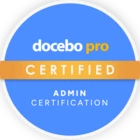I have adobe captivate content and it has short videos in it. When I try to update the version, it does not show the revised version and only a few the videos are working. it’s in a scorm format and have tried at least 6 times. any advise/help will be greatly appreciated.
Thank you,
chris



